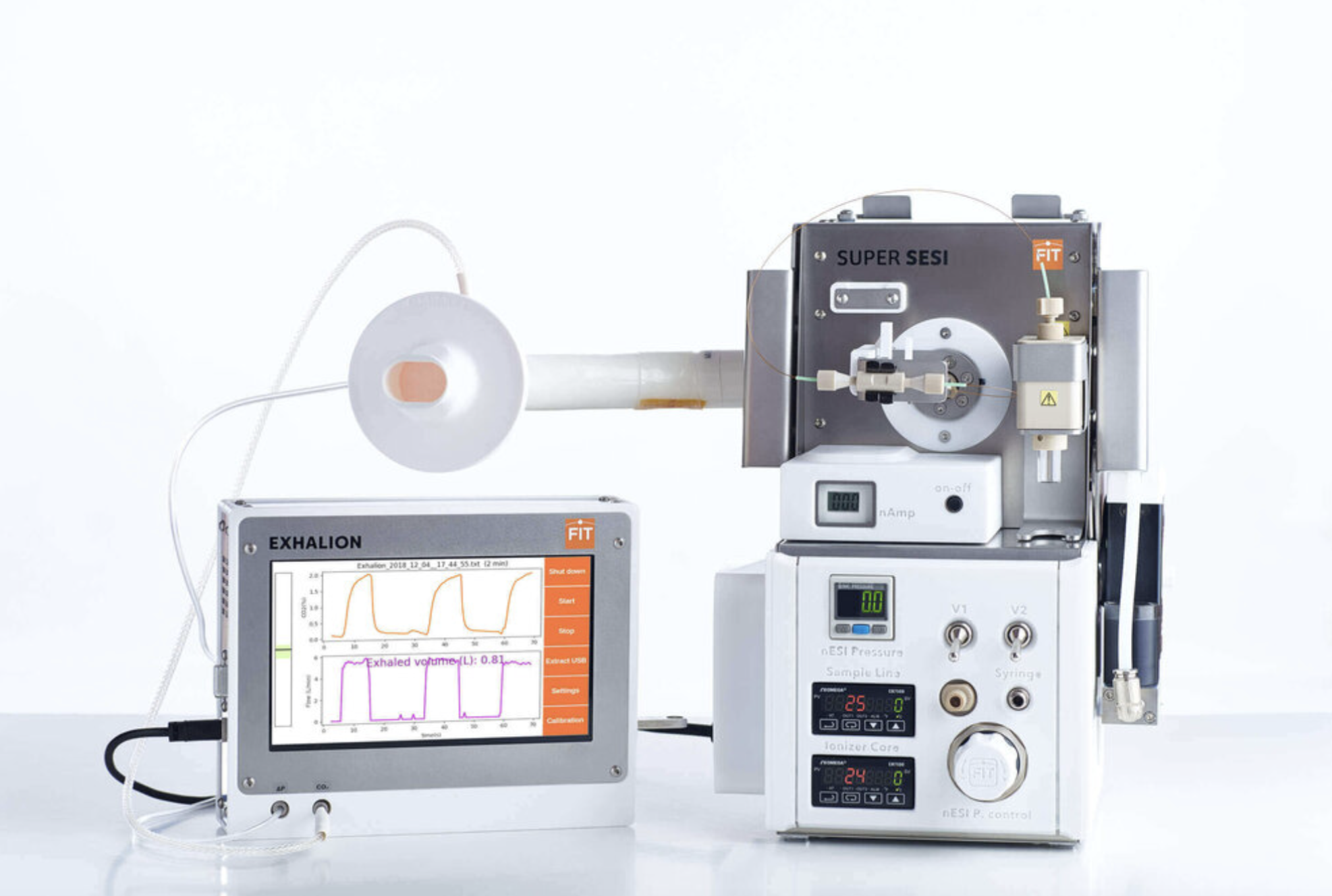Real-time (on-line) chemical characterisation of thermal aerosols by super secondary electrospray ionization coupled with high-resolution mass spectrometry (Super SESI-HRMS)
Tanja Živković Semren, Shoaib Majeed, Maria Fatarova, Csaba Laszlo, Claudius Pak, Sandro Steiner, Arkadiusz Kuczaj, Anatoly Mazurov, Manuel Peitsch, Nikolai Ivanov, Julia Hoeng, and Philippe Alexandre Guy
Abstract
Thermally produced aerosols have been chemically characterised by both off-line and on-line approaches. We used a programmable dual syringe pump (PDSP) connected to a super secondary electrospray ionisation (SESI) system interfaced with a Q Exactive HF mass spectrometer (MS) to detect the main constituents of thermally generated aerosols in real time. The benefits of Super SESI–HRMS for detecting drug aerosolisation from variably prepared in-house formulations with anatabine, azithromycin, chloroquine, favipiravir, and hydroxychloroquine were evaluated. Additionally, various commercially available vaping products with main constituents such as caffeine, cyanocobalamin (B12), and melatonin were evaluated similarly. The presence of these compounds in aerosol was confirmed by exact mass measurements from protonated and/or deprotonated species as well as their respective tandem mass spectra (MS2). To confirm the Super SESI-HRMS data and obtain information on the transfer rate, the generated aerosol samples were trapped on a Cambridge filter pad and extracted with water or ethanol. These extracts were analysed by liquid chromatography (LC) coupled to HRMS, and the target compounds were quantified using calibration curves. The LC-HRMS data confirmed the Super SESI online data. Most of the compounds could be aerosolised, except azithromycin and vitamin B12. The vitamin B12 data showed that the conditions employed for thermal aerosol generation strongly impacted aerosolisation efficiency, and the breakdown products suggested that vitamin B12 underwent thermal degradation. This fast coupling technique shows a strong potential for helping us rapidly investigate the possibility of aerosolising chemicals and derive information on their liquid-to-aerosol transfer rate.
KEYWORDS: accurate mass; aerosolisation; aerosol trapping; analytical chemistry; compound identification


